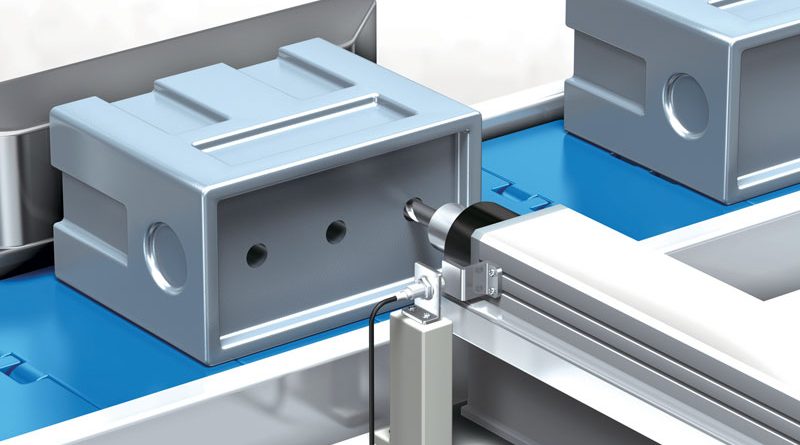Proximity Sensors are Newly Equipped with IoT Features
OMRON has just released over 2,512 new models of its E2E NEXT Series Proximity Sensors, all equipped with IoT features for predictive maintenance and improved facility operation rates thanks to prevention of stoppage and downtime.
by Andrea Baty
OMRON has released a total of 2,512 models of its DC 3-Wire E2E NEXT Series proximity sensors, for long sensing distances, newly equipped with IoT features. According to Omron’s investigations, these sensors reduce risks of sudden facility stoppages down to a third . They also detect warming signs of such stoppages and notify users via the network. They help improve facility operation rates by preventing unforeseen facility stoppages and reducing facility downtime.
Improving facility operation rates to preserve productivity
At manufacturing sites, unforeseen facility stoppages are a major management issue, directly linked to lost production opportunities. To minimize downtime, manufacturers must procure on-site maintenance personnel to address unforeseen failures. Manufacturers are looking for ways to utilize smart devices and IoT to maintain and improve facility operation rates without relying on human experience or skills.
Current proximity sensors characteristically have short sensing distances, and this comes with certain risks. For example, equipment vibration may cause the sensor body to move too far away from or come in contact with the sensing object. Omron investigated that such incidents account for approximately 20% of facility stoppages.
Sensing distances are considerably longer
The E2E NEXT Series proximity sensors (DC 3-Wire Models) are equipped with OMRON‘s own thermal distance control 2 and PROX3 hybrid circuitry technologies, which enable sensing distances that are at least twice as long as in previous two-wire models, and reduce risks of such facility stoppages by a factor of 3. Distances between sensor bodies and sensing objects are constantly monitored, and users are notified via IO-Link communication if they become too great or too small. This allows users to identify warning signs of sudden facility stoppages, which in turn allows for timely maintenance, all in all enabling stable facility operation without having to rely on the experience or skills of maintenance personnel.
A new innovative automation concept
OMRON set forth a concept called „innovative-Automation“ consisting of three innovations or „i‘s“–“integrated“ (control evolution), „intelligent“ (development of intelligence by ICT), and „interactive“ (new harmonization between humans and machines). OMRON‘s endeavor is to dramatically improve the productivity and quality on the ground in the manufacturing sites. To this end, OMRON will continue to expand its lineup of IoT-enabled control devices, and, with the help of its clients, expedite the „intelligent“ element (i.e. making manufacturing smarter) in manufacturing sites, which is key to delivering on the „innovative-Automation“ concept.

